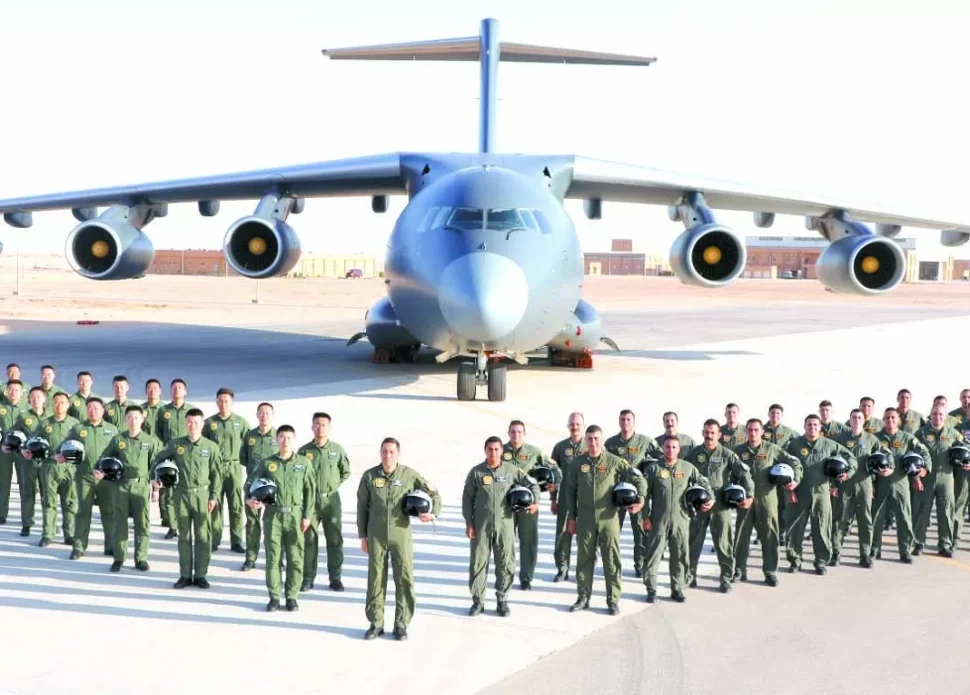
On April 20, the Egyptian and Chinese air forces commenced their inaugural joint air exercises at Wadi Abu Rish Air Base, located approximately 100 kilometers west of the Gulf of Suez. Designated “Eagles of Civilization 2025,” the drills, which concluded on May 6, featured a range of advanced fighter aircraft and marked a notable evolution in bilateral defense cooperation. From a military-strategic perspective, such exercises are widely interpreted as a high watermark of interoperability, signaling enhanced mutual trust and the alignment of operational doctrines. The exercise also served as a testbed for joint tactical proficiency within a shared combat scenario.
Strategic Timing Amid Regional Volatility
The geopolitical context in which these exercises took place adds to their significance. Conducted against the backdrop of intensifying conflict in Gaza and controversial discourse surrounding potential population transfers into Egyptian territory, the drills coincided with a period of marked deterioration in Egyptian-Israeli relations. This diplomatic rift—the most serious since the 1979 peace treaty—culminated in President Abdel Fattah El-Sisi’s decision to forgo a proposed visit to Washington. The symbolism of Egypt deepening defense ties with China at such a juncture is likely to resonate across regional and international strategic circles.
Historical Depth and Diplomatic Continuity
Egypt and China, as two of the world’s most enduring civilizations, share a history of civilizational contact spanning millennia. In the modern era, Egypt became the first Arab and African state to formally recognize the People’s Republic of China in 1956, thereby opening avenues for Beijing’s engagement with the Arab world and the African continent. China, in turn, extended political support to Egypt during the Suez Crisis and later aided its post-1967 territorial recovery.
During the Bandung Conference in the mid-1950s, Egyptian President Gamal Abdel Nasser sought military assistance from Premier Zhou Enlai. Although China lacked surplus arms at the time, Zhou facilitated the transfer of Soviet weaponry to Cairo—a move that not only accelerated Egypt’s military modernization but also expanded Soviet strategic depth in the Middle East.
Evolving Military Ties
Despite the depth of economic cooperation—particularly under the Belt and Road Initiative—Egypt–China military relations have historically been restrained. One of the few exceptions was the co-production of the JL-8 (K-8) trainer aircraft under a 2000 agreement between Egypt’s Arab Organization for Industrialization and China’s CATIC.
The recent joint exercises, however, may indicate a recalibration. According to multiple media reports, including those originating from Israeli sources and statements by a former Egyptian military official, Egypt may have procured the Chinese HQ-9 air defense system. Further speculation suggests that discussions are underway concerning the acquisition of J-10C fighter jets. While these reports remain unverified officially, the unprecedented scope and scale of the drills lend some weight to the possibility of a broader defense alignment.
A Nuanced Shift in Beijing’s Regional Engagement
The naming of the exercise— “Eagles of Civilization”—is emblematic of both countries’ aspirations to reaffirm their roles as custodians of ancient civilizational legacies within a modern geopolitical framework. For China, typically cautious in its Middle Eastern engagements, this may reflect a shift towards a more multidimensional posture—one that balances economic interests with calibrated security partnerships.
Given the protracted weakening or collapse of conventional armed forces in Iraq, Syria, Libya, Sudan, and Yemen, the regional security architecture has become increasingly fragmented. Against this backdrop, cooperation with Egypt—widely regarded as one of the most stable and militarily proficient Arab states—may offer Beijing a gateway to shape regional stability through partnerships rather than unilateral projection of power.
Egypt’s Centrality to Regional Stability
China’s global economic strategy—particularly the viability of the Belt and Road Initiative—hinges on the stability of key transit corridors, with the Middle East occupying a central role. Egypt’s geostrategic location and diplomatic track record render it uniquely positioned to serve as a stabilizing anchor.
From President Nasser’s engagement with the 1970 Rogers Plan to President Sadat’s historic 1977 visit to Jerusalem and the subsequent 1979 peace treaty with Israel, Egypt has consistently demonstrated a capacity to transform diplomatic initiatives into durable agreements. Despite regional instability, Cairo has remained steadfast in its peace commitments, reinforcing its role as a pragmatic regional actor.
A Platform for Chinese Defense Diplomacy
Egypt’s historical role as a conduit for Soviet military assistance to the Arab world may now be reprised about Chinese defense exports. Given its robust military-industrial infrastructure and its political influence across Africa and the Middle East, Egypt offers China a viable platform for expanding its strategic footprint in these regions.
This partnership, if institutionalized, could enhance deterrence dynamics in a region marked by power vacuums and shifting alliances. Simultaneously, it may grant Beijing a measured yet meaningful entry point into regional security debates—complementing its broader economic agenda.
Toward a Comprehensive Strategic Partnership
Egypt’s armed forces have embarked on a modernization trajectory aimed at confronting evolving threats while preserving national strategic autonomy. In this context, the Egypt–China joint exercises may serve as a prelude to a more expansive bilateral framework—one that integrates security, economic, and diplomatic components under a shared vision of multipolar engagement.
The emergence of such a partnership would represent not only a significant development in Sino-Arab relations, but also a broader indication of how international actors are diversifying their strategic alignments in response to the limitations of existing global security architectures.